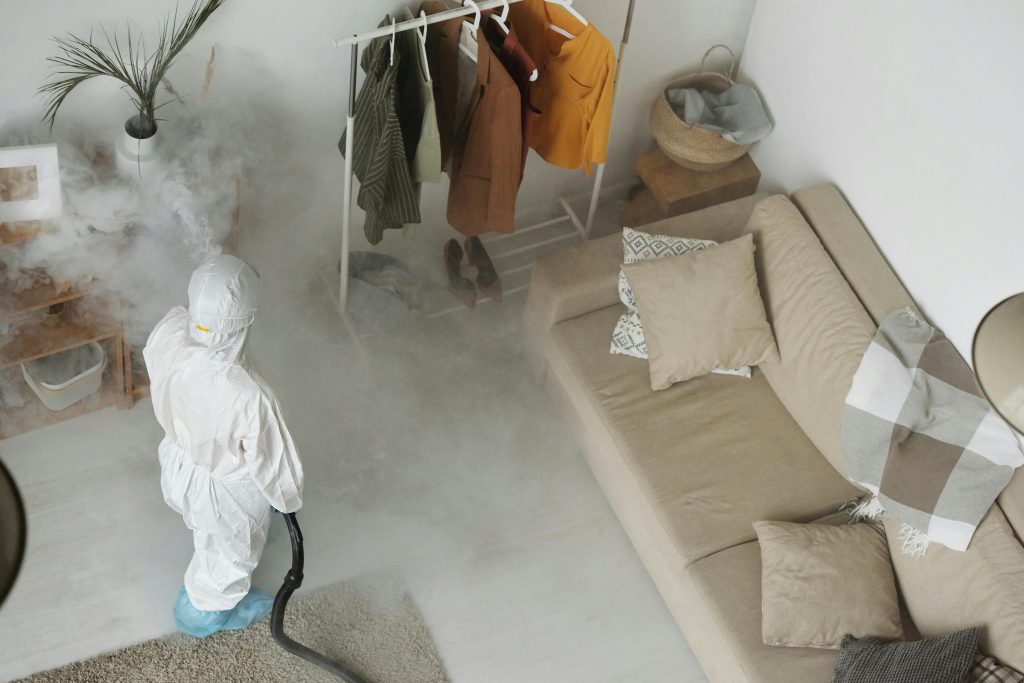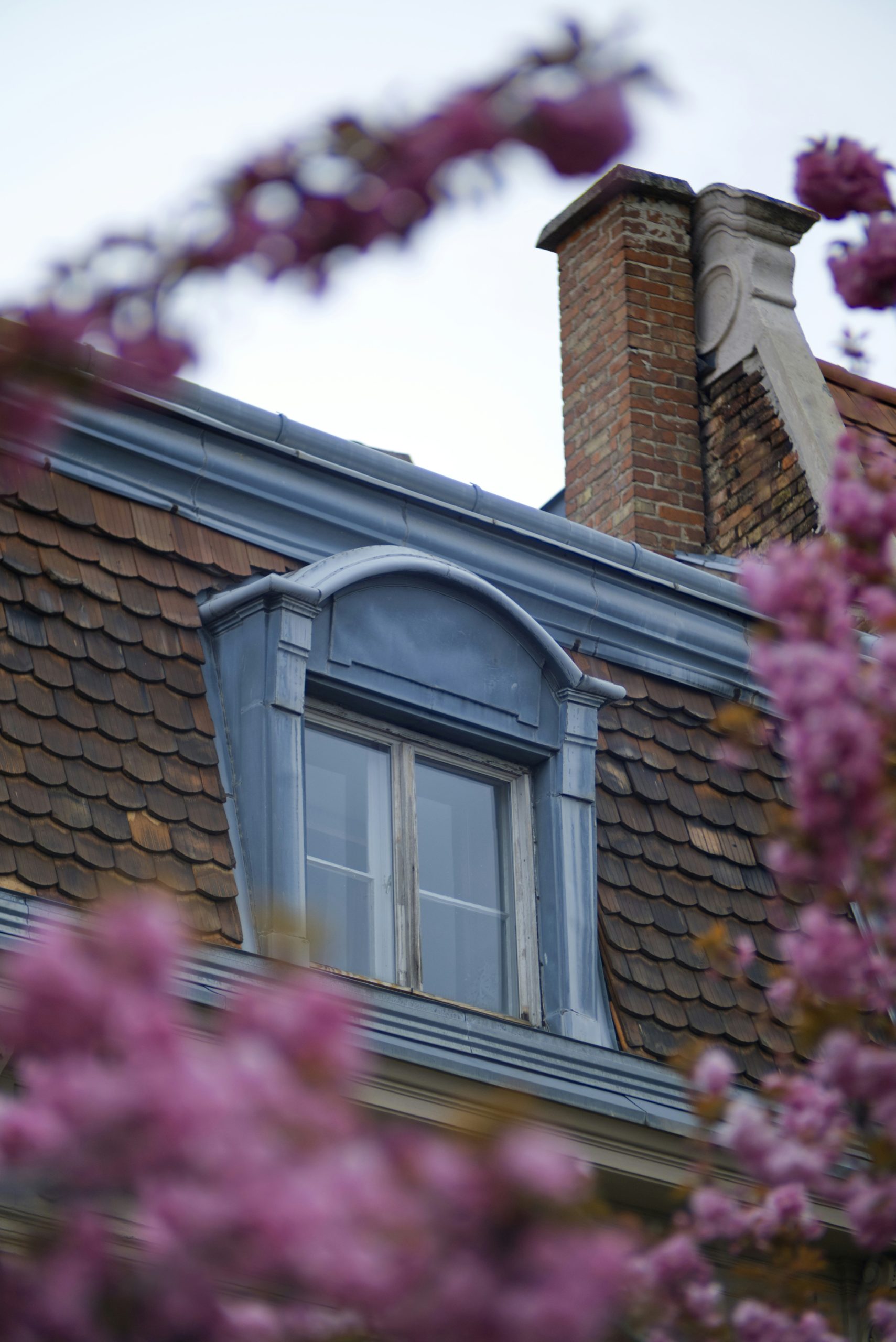How Pests Can Damage Your Home
Photo by Michelangelo Buonarroti
Homeowners often face various pest-related challenges in a city like Houston in Texas, where the climate ranges from hot summers to almost nonexistent winters. The city’s humidity and frequent rains create ideal conditions for pests like termites, rodents, and cockroaches to thrive. These pests pose a nuisance and can cause significant damage to homes, making effective pest management essential for maintaining both the structural integrity and health standards of residential properties in the area.
In a northern city like Detroit, Michigan’s unique weather, with its cold winters and humid summers, creates an ideal environment for various pests. From rodents seeking warmth during the frigid months to insects like termites and carpenter ants thriving in damp conditions, these pests can cause significant damage to homes. The fluctuating temperatures and moisture make it crucial for Michigan homeowners to be vigilant year-round in preventing infestations that could compromise their home’s structure and health. Understanding how the state’s climate influences pest activity is key to keeping your home safe and secure.
Imagine discovering that the creaking sounds in your walls or attic aren’t just settling noises but the work of termites that have been munching away for months. Or realizing that the holes in your drywall aren’t just cosmetic but evidence of a rodent infestation. These scenarios are all too common, and without proper prevention and maintenance, they can happen to anyone.
These pest-related damages don’t just threaten the structural integrity of your home; they can also affect your health. Many pests carry diseases or allergens that can exacerbate respiratory issues or cause infections. Ignoring the signs of an infestation can lead to more significant problems down the road—both financially and in terms of well-being.
The good news is that you can take steps to prevent such issues. By staying proactive and knowing what to look for, you can safeguard your home from unwanted visitors and preserve its charm and safety. From sealing entry points to scheduling regular inspections, small actions can make a big difference. Now, let’s dive into the most effective ways to protect your home from pest damage.
Structural Damage by Termites
Termites are notorious for their ability to consume and weaken wood, including vital structural components of homes, such as beams and joists. In many cases, the damage is extensive before it’s even detected, as termites operate hidden from view. Homeowners should look out for signs like hollow-sounding wood, visible mud tubes, and discarded wings near windows or doors.
Regular inspections by pest control professionals and preventive termite treatments, such as soil treatments or bait systems, can help protect homes from these destructive insects. Using these treatments can be important for protecting the structural integrity of your property and preventing costly future repairs. Ignoring the early signs of termites can lead to severe structural compromise, requiring expensive repair down the line.
Electrical Damage from Rodents
Rodents, such as rats and mice, are not just a health hazard due to their potential to spread disease; they also pose a risk to home safety by chewing through electrical wires. This destructive behavior can lead to short circuits and even house fires. For effective rat removal Houston offers a plethora of professionals specializing in rodent control who can address these issues promptly. Homeowners can also discourage rodent infestations by sealing entry points, maintaining clean surroundings, and storing food securely.
Health Risks from Cockroach Infestations
Cockroaches are among the most prevalent pests in urban settings, and their presence in homes can lead to various health problems. These pests are known to exacerbate allergies and asthma, especially in children, due to the allergens found in their droppings and shedding skin. To prevent cockroach infestations, homeowners should practice good sanitation, reduce moisture in and around the home, and use baits and traps. Regular inspections can also help catch an infestation early before it becomes widespread.
Wood Damage by Carpenter Ants and Bees
Carpenter ants and bees are known for their detrimental impact on wooden structures. These pests do not consume wood like termites; instead, they excavate wood to create expansive galleries for their colonies, which can significantly weaken the structural integrity of the wood over time.
Carpenter bees contribute to similar damage by boring circular holes into wood to form nests where they lay their eggs. To prevent and manage these issues, homeowners must apply repellents designed explicitly for these pests and conduct routine inspections of wood structures. Looking for telltale signs of infestation, such as accumulations of sawdust or the distinctive round holes made by carpenter bees is crucial. Promptly sealing any identified holes and replacing compromised wood are effective strategies to prevent ongoing damage and ensure the longevity of wooden structures in the home.
Fabric and Upholstery Damage by Moths
Moths, particularly the larvae of clothes moths, threaten fabrics, upholstery, and even carpets. These pests feed on materials like wool, fur, silk, and feathers, leading to costly damages. To protect valuable items, homeowners should use moth deterrents such as cedar wood, lavender bags, or moth traps. Regular vacuuming and cleaning of storage areas and proper clothing and fabrics storage in airtight containers can also prevent moth infestations.
Food Contamination by Pests
Various pests such as ants, rodents, and cockroaches are attracted to food sources within homes, which can lead to significant contamination. These pests carry pathogens that can be transferred to food or surfaces that come into contact with food. To prevent this, storing food in sealed containers and keeping kitchens clean and free from crumbs or food residues is essential. Regular garbage disposal and using tight-fitting lids on trash cans will also help keep pests away and protect your food supplies from contamination.
Foundation Damage from Burrowing Animals
Burrowing animals such as gophers, moles, and even certain rodents can severely damage a home’s foundation. These creatures dig tunnels and burrows, destabilizing the soil beneath a structure. This instability can lead to cracks, uneven settling, and even serious structural damage over time. Homeowners should monitor their property for signs of burrowing and use barriers or professional removal services to control these pests. Proper landscaping and regular inspections around the home’s foundation can also prevent the establishment of burrows.
Landscape Damage from Insects
Insects like beetles, weevils, and aphids can wreak havoc on gardens and landscapes, affecting the home’s aesthetic and overall market value. To combat these pests, homeowners should adopt integrated pest management practices, including regular monitoring, using resistant plant varieties, and applying natural or chemical treatments only as needed. Maintaining healthy soil and appropriate plant spacing can help reduce the incidence of pest infestations in the garden.
Drainage Problems Caused by Nesting
Birds and rodents often build nests in gutters and drainage pipes, leading to blockages and poor drainage. This can cause water to accumulate around the home’s foundation, leading to moisture-related problems and even structural damage. Installing gutter guards and conducting regular cleanings are effective ways to prevent animals from nesting in these areas. Additionally, inspecting and clearing out drainage systems seasonally can ensure water is properly diverted away from the home.
Secondary Infections and Diseases
Beyond direct damage, pests can also be secondary infections and disease vectors. Fleas, ticks, and mites, often brought into homes by pets or wildlife, can spread diseases to humans and other animals. Regular pest control measures, proper pet hygiene, and preventative treatments for pets can significantly reduce the risk of these secondary health issues. Keeping the home clean and minimizing clutter will also deter these pests from settling in.
Safeguard Your Home from Long-Term Pest Damage
Pests may seem like a minor inconvenience at first, but over time, they can cause significant and costly damage to your home. From termites undermining your home’s structural integrity to rodents chewing through electrical wiring, the impact of unchecked infestations can be severe. It’s essential to stay vigilant, address any signs of pests early, and take preventative measures to protect your living space.
By investing in regular inspections and employing proper pest control techniques, you can avoid the lasting effects of pests on your home. Ensuring a clean, well-maintained environment protects your property and promotes a healthier living space for your family. Taking action now helps prevent extensive repairs and keeps your home secure and pest-free for years to come.






